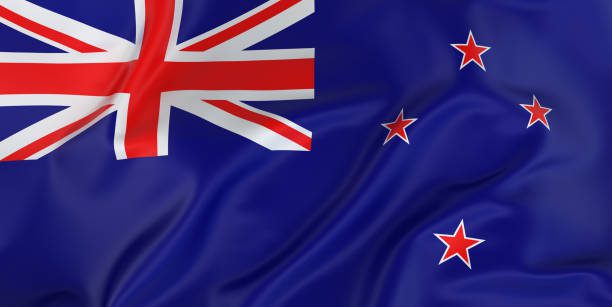The growth of New Zealand’s population has reached its lowest rate in two years, with merely 7,000 individuals added during the second quarter of 2024. According to the nation’s statistics authority, just 2,000 of these were due to net immigration, while 5,100 stemmed from natural population increase. This sluggish growth is linked to various factors, such as a declining economy and an increasing number of New Zealanders searching for employment opportunities overseas, especially in Australia.
Joblessness in the country has risen, which has reduced the demand for foreign labor. For the year ending June 30, New Zealand’s population expanded by 93,500, equating to a growth rate of 1.8%, bringing the total to 5,338,500. This represents a notable deceleration compared to the previous year’s growth of 2.4%.
Heightened worries over population growth
For the year, net immigration was recorded at 73,200, a decline from the 103,400 reported in the previous year. The Reserve Bank of New Zealand has acknowledged this downward trend in immigration, suggesting it as a contributing factor to the reduction of inflationary pressures.
The central bank has started to adjust its monetary policy sooner than initially anticipated. It expects the net influx of working-age individuals to decrease to 31,000 this year, with a further dip to 23,300 by 2025. These population growth figures have raised alarms regarding their potential long-term economic impact on New Zealand.
Policymakers are facing the challenge of fostering a more appealing environment for both current residents and prospective immigrants to ensure the country’s continued growth and progress.


